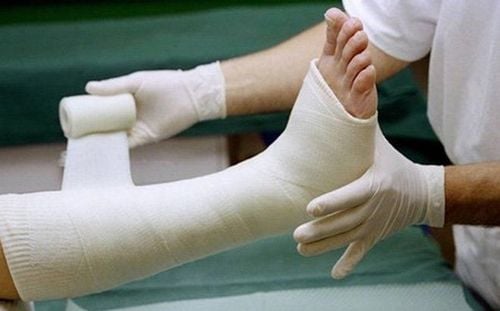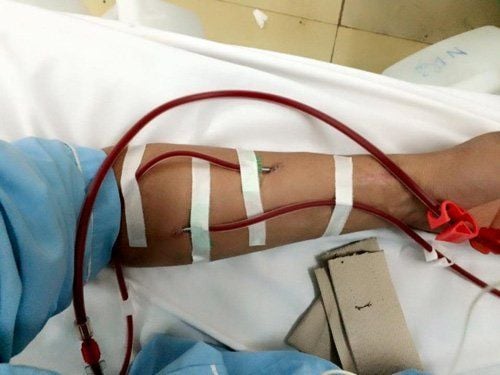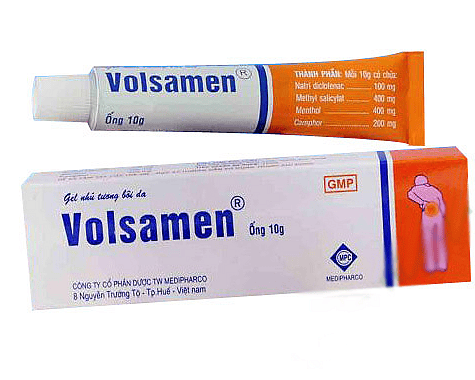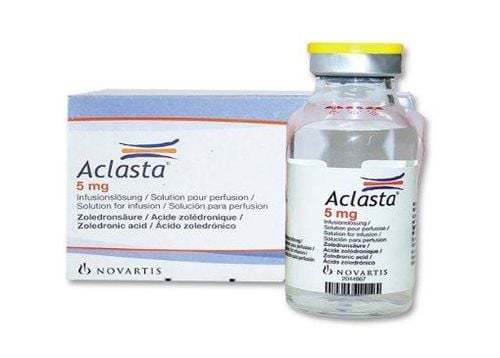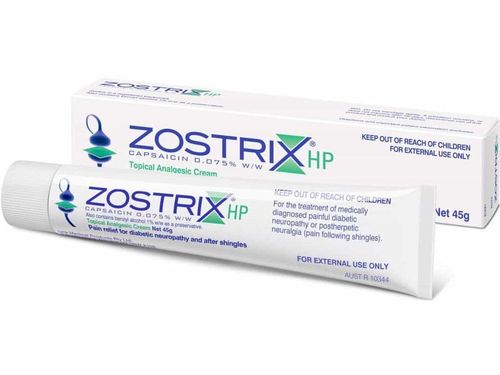This is an automatically translated article.
The article was professionally consulted by Specialist Doctor I Huynh Kim Long - Emergency Resuscitation Doctor - Emergency Resuscitation Department - Vinmec Da Nang International General Hospital.Fractures, dislocations, sprains are common injuries in life, although not everyone knows how to give first aid to these injuries, sometimes even making the injury worse. So how to give first aid to fractures, sprains or dislocations properly?
1. Signs to recognize fractures, sprains, dislocations
1.1 Fracture Patients can recognize the following signs of fracture:Suspicious signs: Decrease, loss of limb mobility, swelling and bruising. The patient feels a sharp pain when pressed on the spot, pain relief when immobilized. Signs of obvious fracture: Deformed limb axis, abnormal movement, bone crunching (first-aiders should not try to find this sign because it can make the victim very painful), palpating the broken bone head just under the skin. . Open fracture: bone marrow drainage, exposing bone 1.2 Sprain A sprain is an injury to the joint capsule, most commonly the ligaments, usually after a strong impact such as a slip when running or walking. fall ... The joints commonly affected are ankles, knees, and wrists. Ligaments may be slightly stretched, partially torn, or completely torn.
Signs of a sprain:
Sharp pain like an electric shock in the damaged joint. Swelling around joints, rapid enlargement due to bleeding. Decrease or loss of motion in the injured joint. Sprained joints are sometimes very loose. 1.3 Dislocation Dislocation is a common injury in sports or falls. Dislocations are common in the shoulders, hips, knees, elbows or ankles. Signs of dislocation include symptoms such as sharp pain when moving, swelling due to bleeding, due to dislocation of the joint at the tip of the bone. Change in shape, joint deformity and limitation, loss of motion or abnormal movement of the joint.
Some specific symptoms are as follows:
Shoulder dislocation: square shoulder, protruding in front. Arm can't press on chest Elbow dislocation: Elbow can't be extended, elbow tip bud back, healthy hand supports pain Hip dislocation: leg is short compared to healthy side, leg is closed, foot is inward, knee is slightly urgent.
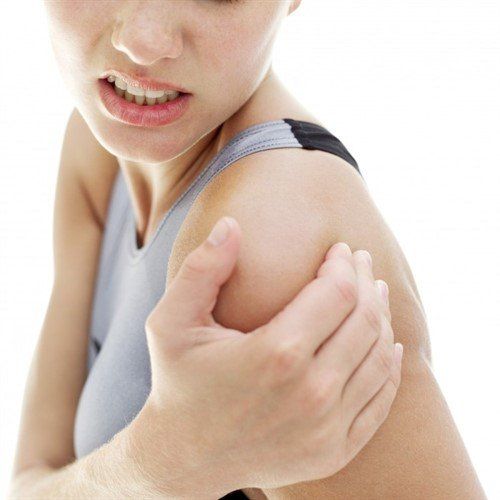
2. First aid for fractures
2.1. General principles Adhere to general principles in first aid for trauma patients according to priority steps A, B, C, D, E: Airway (Airway), breathing (Breathing), circulation (Circulation), loss of function Dysfunction of the CNS, and Exposure-Environment.If there is no multiple trauma, priority is given to limb fractures according to principle 3B: Breathing (Breathing), Bleeding (Bleeding), Bone (Bone).
Once a broken limb has been identified, immediate immobilization is required to prevent further soft tissue damage caused by the sharp tip of the bone, relieve pain and prevent shock, and reduce the risk of an open fracture because the tip of the bone can puncture the skin.
2.2. Pain relief If possible, block Novocain around the fracture or inject morphine under the skin (if there is no associated cranial or abdominal injury).
2.3. Anti-shock Lie down, keep warm, give fluids (if possible).
2.4. Temporarily immobilize closed fracture. Assess the victim's condition, determine the fracture. Prepare enough splints, need padding (cotton grease, gauze, soft cloth...), loosen the victim's clothes, remove jewelry. When there is no splint: use medical tape, cloth rope, scarf, clothes ... hang or tie the broken limb with the healthy limb. Use a strong brace, long enough to immobilize a joint above and below the fracture of a joint. When placing the brace, do not reposition the bone, do not press the bud, the splint and the limb after immobilization must form a solid mass. Monitor the peripheral circulation before and after splinting, loosening, and elevating the extremity when there is a sign of intense pain accompanied by swelling, stiffness, numbness... If a spine fracture is suspected: fix the chest and pelvis. , 2 pillows, 2 ankles on a stretcher, hard board, sandbags on both sides of the neck.
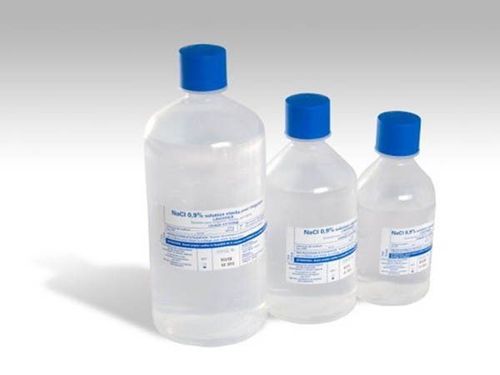
3. First aid for sprains
Sprains are a common accident in daily life, here are some ways to give first aid to a sprain to help patients relieve pain quickly:Apply ice cold compress with elastic bandage or roll and switch facilities medical. Pay attention not to use alcohol, rub and apply heat to the injured area.
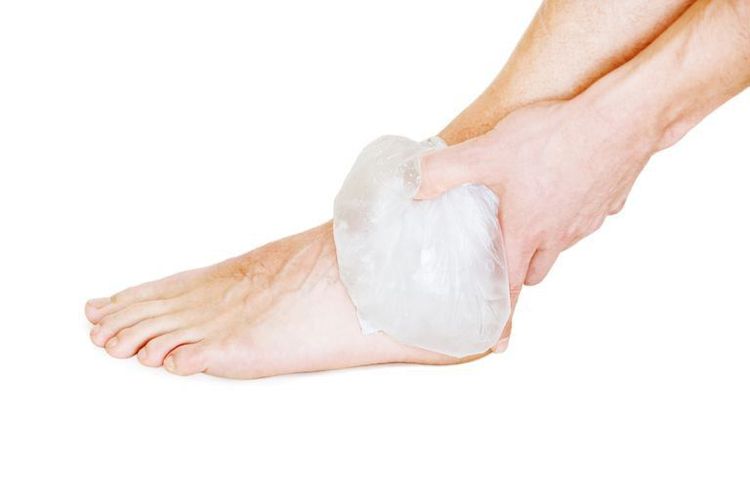
4. First aid for dislocations
Here is a simple first aid dislocation you should know:Do not move the joint, do not straighten or try to move the dislocated joint. Suspected fracture or misalignment of the spine: Avoid twisting your torso, lie on your back on a hard board, firmly cover both sides of your neck and torso with sandbags or pillows. Shoulder Dislocation First Aid: Use a cloth or bandage to hang the forearm to the neck. First aid for elbow dislocation: fixed with 2 front and rear splints with cotton padding. First aid for hip dislocation: fix like a femur fracture, lie on your back, put a pillow and insert the patient in the current position, quickly transfer the patient to an orthopedic medical facility. The first aid for fractures, dislocations, and sprains is very important. However, if first aid is not performed properly, it is very likely that the patient will be in danger, even the injuries will become more serious. Therefore, if in an emergency, you should perform the above first aid steps, and call the nearest medical facility for timely response.
Fractures, dislocations, sprains are cases that need first aid to fix the suspected fracture or dislocation. After that, the patient must immediately go to the medical facility for diagnosis and emergency treatment. Vinmec International General Hospital is a prestigious medical address so that patients can completely rest assured for examination and treatment at the Hospital.
The team of emergency doctors and nurses at the Faculty are intensively and professionally trained, able to receive and initially handle cases of fractures and dislocations. There is always coordination with all other specialties such as trauma surgery quickly. There are modern equipment in diagnosis and treatment. Vinmec International General Hospital has given emergency treatment and treated many cases in emergency cases, traffic accidents and injuries, severe blood loss shock. Accordingly, the examination, emergency and resuscitation procedures for patients at Vinmec are all carried out methodically and according to the correct procedure, providing a high treatment prognosis and quick recovery time.
Please dial HOTLINE for more information or register for an appointment HERE. Download MyVinmec app to make appointments faster and to manage your bookings easily.
Reference source: Department of Medical Examination and Treatment - Ministry of Health




